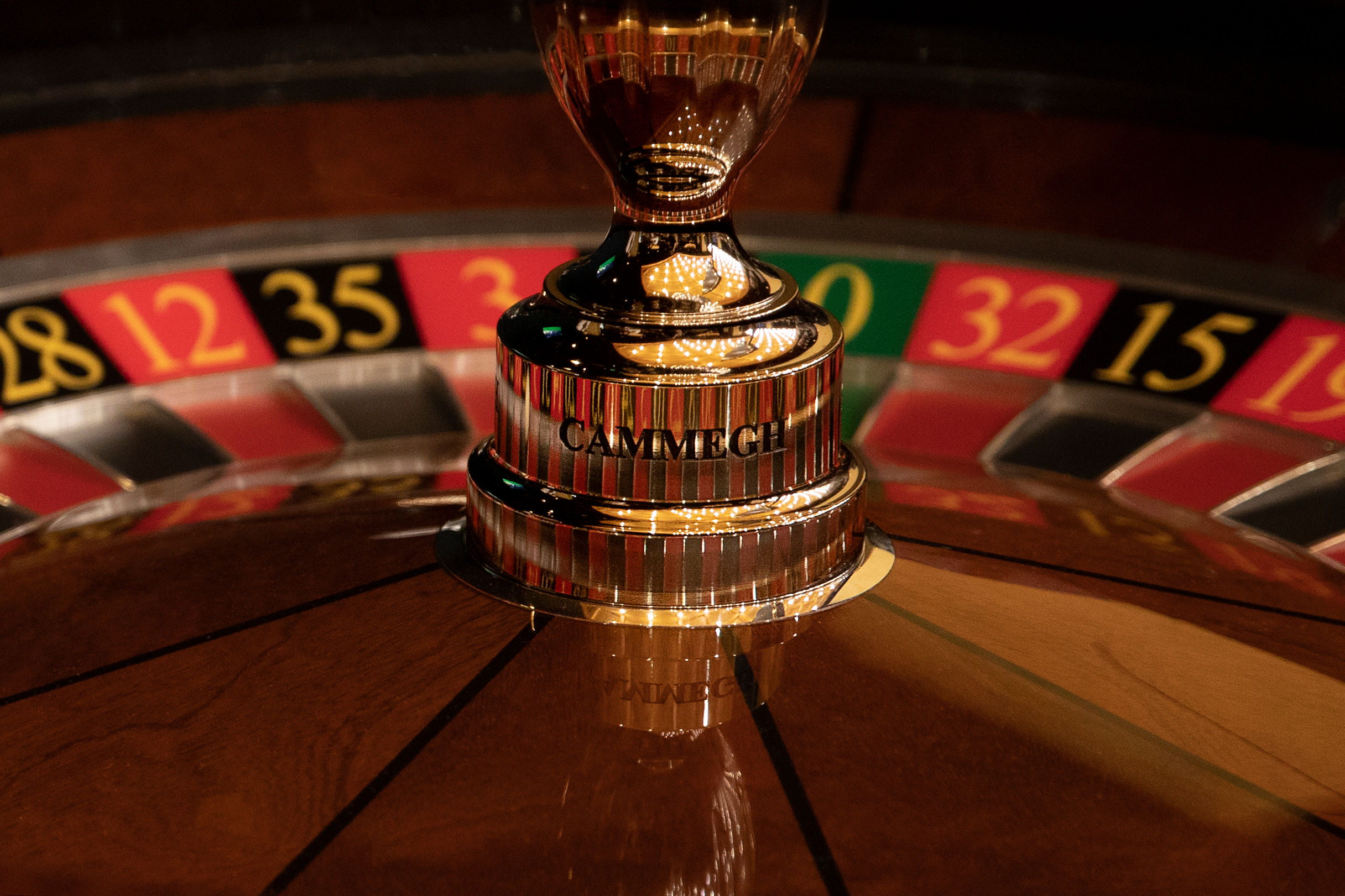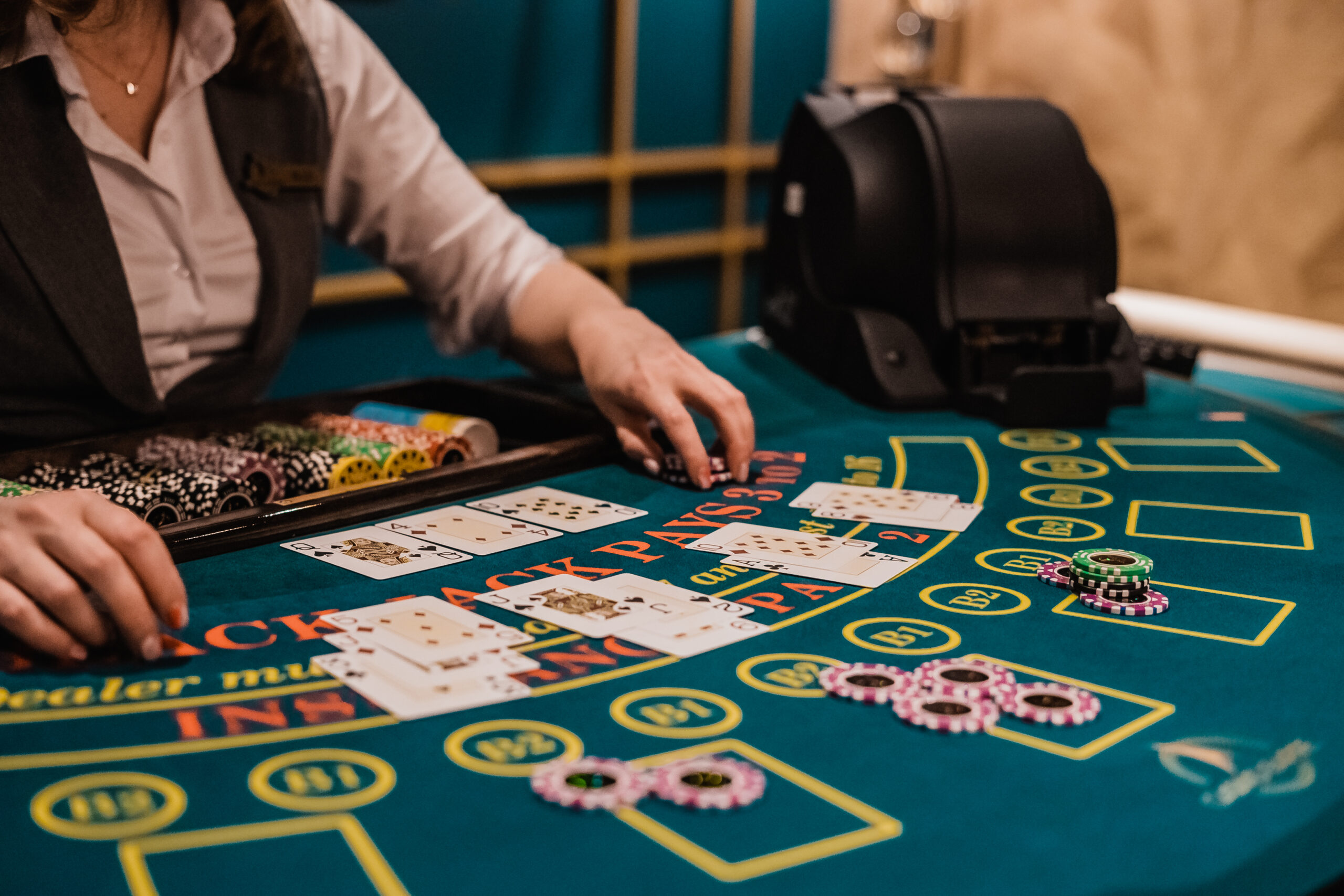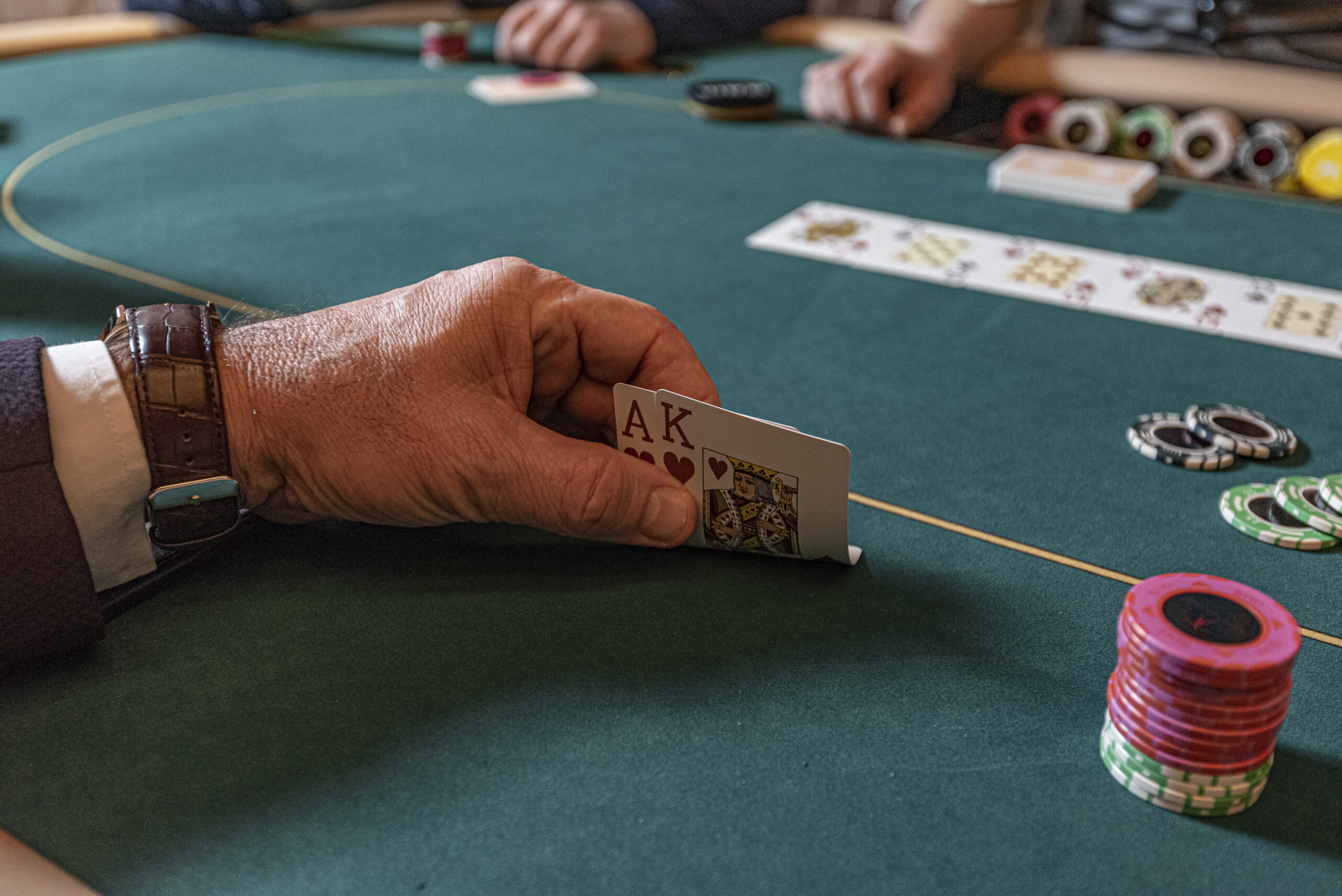
Rules and guidelines for playing slot machines
The first gaming machines were created more than a hundred years ago. Since then, slot machines have undergone significant changes. From simple mechanical devices, they have transformed into sophisticated computerized technology. Nowadays, slot machines are considered one of the most popular types of gambling entertainment. This is due to the fact that they have fairly simple rules and the result in them can be obtained in seconds. The popularity is also due to their variety. Slot machines can have different characteristics, mechanics, bonuses and design. In this article, we will take an in-depth look at what slot machines are, and understand their rules. We will also discuss whether there are strategies that help players to get winnings.
The rules of playing slot machines
Before you understand the rules of gaming machines, it is worth understanding what they are. In essence, modern slot machines are software that simulates the process of rotating the reels on the screen of the device. Each machine consists of reels and rows, on which there are various symbols that form winning combinations. The random number generator is responsible for the appearance of icons on the reels. He creates a random sequence at each spin without any regularity.
Slot machines use special terminology, which is important to familiarize yourself with:
- Payline — shows how the symbols should be placed on the reels so that they bring winnings. Paylines can be diagonal, vertical, horizontal, zigzag or other shapes.
- Payout table — shows players the potential payouts for different symbol combinations.
- RTP or return ratio — the percentage of bets made, which the machine returns to players in the long term.
- Volatility — shows the frequency and size of payouts. Slot machines with low volatility more often pay out small amounts, while games with high volatility give large wins, but payouts are less frequent.
On the reels of slot machines can be found, in addition to the usual, special bonus symbols, each of which performs a different function:
- Wild — replaces standard icons and thus allows you to form winning combinations.
- Scatter — triggers bonus games or additional rounds.
- Multiplier — multiplies the player’s winnings by a certain factor.
Slot machines can also provide bonuses. These include Free Spins, Pick and Win, Wheel of Fortune, Mini-Games. Some machines may have a progressive jackpot, the prize pool of which increases with each bet of the participants.
To date, there are thousands of different games of this type. They may differ in their parameters and characteristics. However, there are general rules that unite them:
- Before starting the game, the user deposits chips or money into the machine and chooses the size of the bet on the spin using special buttons (most often it is «+» and «-»). In some modern slots you can also select the number of active lines.
- After selecting the bet, the player starts the reels using the button, which is most often located in the center of the control panel.
- After the drums stop, the symbols are fixed on them. If they are lined up in a winning line, the participant receives the prize money according to the payout table, which are immediately given to his hands. If there are no such icons, the player loses the bet.
Then the process of spinning the drums can be repeated or end the game. The decision is left to the participant.
How to win in slot machines?
Slot machines are an entertainment in which everything depends on luck. However, despite the random nature of the results of drum spins, players can significantly improve their chances of winning by following certain rules and recommendations.
Recommendations
It is worth starting with the fact that there are no recommendations or strategies that give a 100% guarantee of winning in slot machines. This is due to the random number generator mentioned above. But despite this, certain actions and approaches help gambling enthusiasts to increase their chances of winning prizes and minimize the risks of losing their money.
Choose a slot machine with a high RTP
Slot machines with a high return percentage theoretically offer the best chances of winning in the long run. It is worth favoring slots with an RTP of at least 95%.
Study the rules
Before you start playing the machine for money, it is important to fully understand its rules. This will help you understand which combinations are winning and what their odds are, how the bonus rounds work and what you need to activate them.
Use strategy
Strategy in gambling is a systematic approach to betting that relies on mathematical, statistical and theoretical principles to optimize winnings and minimize losses. Tactics should be selected based on your gambling style, budget and risk tolerance. For example, for beginners with a small bankroll is perfect for «Flat betting strategy». This is a method in which you need to bet the same amount on each spin, regardless of the outcome of previous spins.
Play long
Plan your session so that you have enough bets to play for a long time. The longer it lasts, the higher the chances of getting winning combinations and triggering bonus rounds. It is best to break your budget into at least 70-100 bets.
Don’t try to win back
One common mistake players often make is that they try to win back after a series of losses, while chaotically increasing the bet size. This leads to even more losses. Instead, set clear rules for ending the game after losing a certain amount of money.
FAQ
Are there any free slot machines in casinos?
There are no free slot machines in casinos. In order to start playing, the user must necessarily deposit money.
What slot machines to choose a beginner?
Beginners should start with classic slot machines that have simple rules, a small number of reels and paylines. You should also give preference to machines with low or medium volatility.
What slots in slot machines give to win?
Every slot machine, regardless of its characteristics, periodically gives players a win. But most often it happens in machines with high RTP and low volatility.


